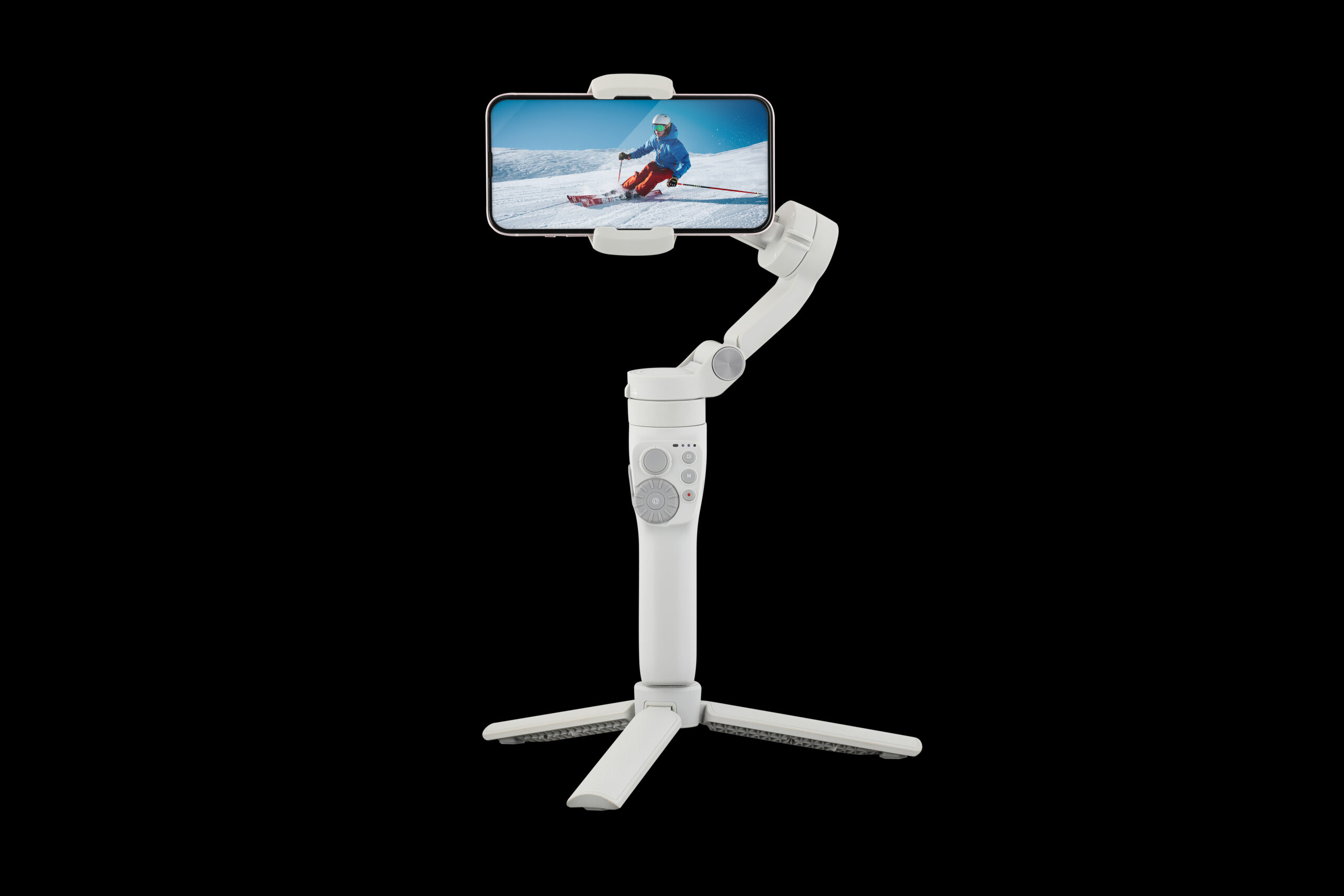Supermicro’s SuperBlade, Twin and Ultra Server Families Powered by 3rd Gen AMD EPYC™ Processors with 3D V-Cache™ Technology Accelerate Critical Product Design and Key Technical Computing Workloads

Super Micro Computer, Inc. (SMCI), a global leader in high-performance computing, storage, networking solutions, and green computing technology, announces breakthrough performance with the 3rd Gen AMD EPYC Processors with AMD 3D V-Cache Technology in Supermicro advanced servers. The high density, performance-optimized, and environmentally friendly SuperBlade® and multi-node optimized TwinPro® and the dual-processor optimized Ultra systems will show significant performance improvement when using the new AMD EPYC 7003 Processors with AMD 3D V-Cache for technical computing applications.

“Supermicro servers, leveraging new AMD CPUs, will deliver the increased performance gains our manufacturing customers are looking for to run higher-resolution simulations to design better and more optimized products using the latest CAE applications,” said Vik Malyala, President, EMEA, senior vice president, WW FAE, solutions and business. “Our high-performance server platforms will solve more complex problems for engineers and researchers with the new 3rd Gen AMD EPYC Processors with AMD 3D V-Cache.”
The AMD 3D V-Cache technology is built on ground-breaking AMD 3D Chiplet architecture and is designed to be the world’s highest performance x86 server processor for technical computing. L3 cache has increased to 768MB, which will allow technical computing applications to keep more data close to the CPUs, delivering faster results. Since each core can process more data than previous generations, the Total Cost of Ownership (TCO) will be lower, and licensing costs can be reduced. With servers that use the AMD EPYC 7003 Processors with AMD 3D V-Cache technology, fewer servers may be needed for specific workloads, reducing data center power consumption and administration needs. In addition, all AMD EPYC 7003 Processors with AMD 3D V-Cache come with AMD’s Infinity Guard, a state-of-the-art set of modern security features that help decrease potential attack surfaces as software is booted and executed and processes critical data.
“We designed the 3rd Gen AMD EPYC processors with AMD 3D V-Cache technology to give our customers exactly what they said they needed, increased performance, better energy efficiency and lower total cost of ownership for critical technical compute workloads,” said Ram Peddibhotla, corporate vice president, EPYC product management, AMD. “With leadership architecture, performance, and modern security features, 3rd Gen AMD EPYC processors with AMD 3D V-Cache technology are an outstanding choice for complex simulations and rapid product development.”
The SuperBlade has achieved back-to-back world records for the SPECjbb 2015-Distributed critical-jOPS and max-jOPS benchmark, with up to a 17% improvement using AMD EPYC 7003 Processors with AMD 3D V-Cache technology over AMD EPYC 7003 Processors without AMD 3D V-Cache technology, which is a significant boost to satisfy performance-hungry enterprise workloads. Based on AMD testing, technical workloads on the AMD EPYC 7003 Processors with AMD 3D V-Cache Technology can show an improvement of up to 66%* on a range of targeted applications when compared to comparable 3rd Gen EPYC processors without stacked cache.
The Supermicro SuperBlade with AMD EPYC 7003 Processors with AMD 3D V-Cache, contains up to 20 CPUs in an 8U chassis, including a network switch built into the chassis. Shared cooling and power systems reduce the power usage while using the highest performing AMD EPYC Family of Processors. Maximum memory when fully populated is 40TB in the 8U chassis.
Supermicro’s Twin systems are an industry-leading multi-node platform with up to four servers in a compact 2U rack-mountable enclosure. The Supermicro TwinPro System has flexible storage and networking options and shared cooling and power systems, reducing electricity consumption with high density. The Supermicro FatTwin® series are multi-node servers designed for high density environments where a large number of discrete servers and high capacity storage and interconnects are required in a single chassis.
The rackmount Supermicro Ultra servers are traditional 1U or 2U high performance, dual-processor servers that accommodate a wide range of CPUs, I/O options, and large amounts of memory and now are available with the new AMD EPYC 7003 Processors with AMD 3D V-Cache technology.
About Supermicro
Supermicro (NASDAQ: SMCI) is a global leader in Application-Optimized Total IT Solutions. Founded and operating in San Jose, California, Supermicro is committed to delivering first to market innovation for Enterprise, Cloud, AI, and 5G Telco/Edge IT Infrastructure. We are transforming into a Total IT Solutions provider with server, AI, storage, IoT, and switch systems, software, and services while delivering advanced high-volume motherboard, power, and chassis products. The products are designed and manufactured in-house (in the US, Taiwan, and the Netherlands), leveraging global operations for scale and efficiency and optimized to improve TCO and reduce environmental impact (Green Computing). The award-winning portfolio of Server Building Block Solutions® allows customers to optimize for their exact workload and application by selecting from a broad family of systems built from our flexible and reusable building blocks that support a comprehensive set of form factors, processors, memory, GPUs, storage, networking, power and cooling solutions (air-conditioned, free air cooling or liquid cooling).
Supermicro, Server Building Block Solutions, and We Keep IT Green are trademarks and/or registered trademarks of Super Micro Computer, Inc.
AMD, the AMD Arrow logo, EPYC, and combinations thereof are trademarks of Advanced Micro Devices, Inc.
* MLNX-021B: AMD internal testing as of 02/14/2022 on 2x 64C EPYC 7773X compared to 2x 64C EPYC 7763 using cumulative average of each of the following benchmark’s maximum test result score: ANSYS® Fluent® 2022.1 (max is fluent-pump2 82%), ANSYS® CFX® 2022.1 (max is cfx_10 61%), and Altair® Radioss® 2021.2 (max is rad-neon 56%) plus 1x 16C EPYC 7373X compared to 1x 16C EPYC 75F3 on Synopsys VCS 2020 (max is AMD graphics core 66%). Results may vary.
All other brands, names, and trademarks are the property of their respective owners.
SOURCE Super Micro Computer, Inc.





